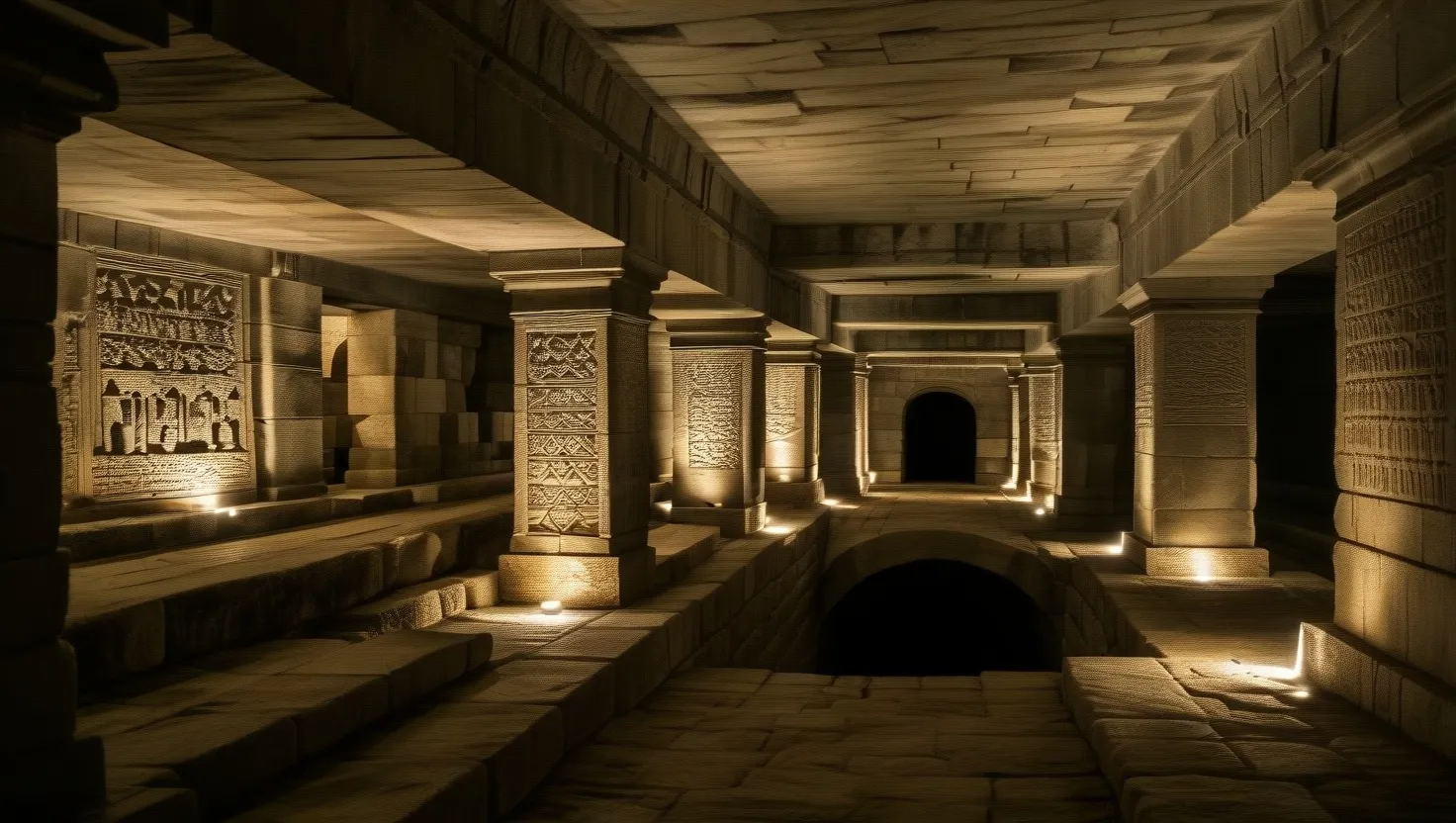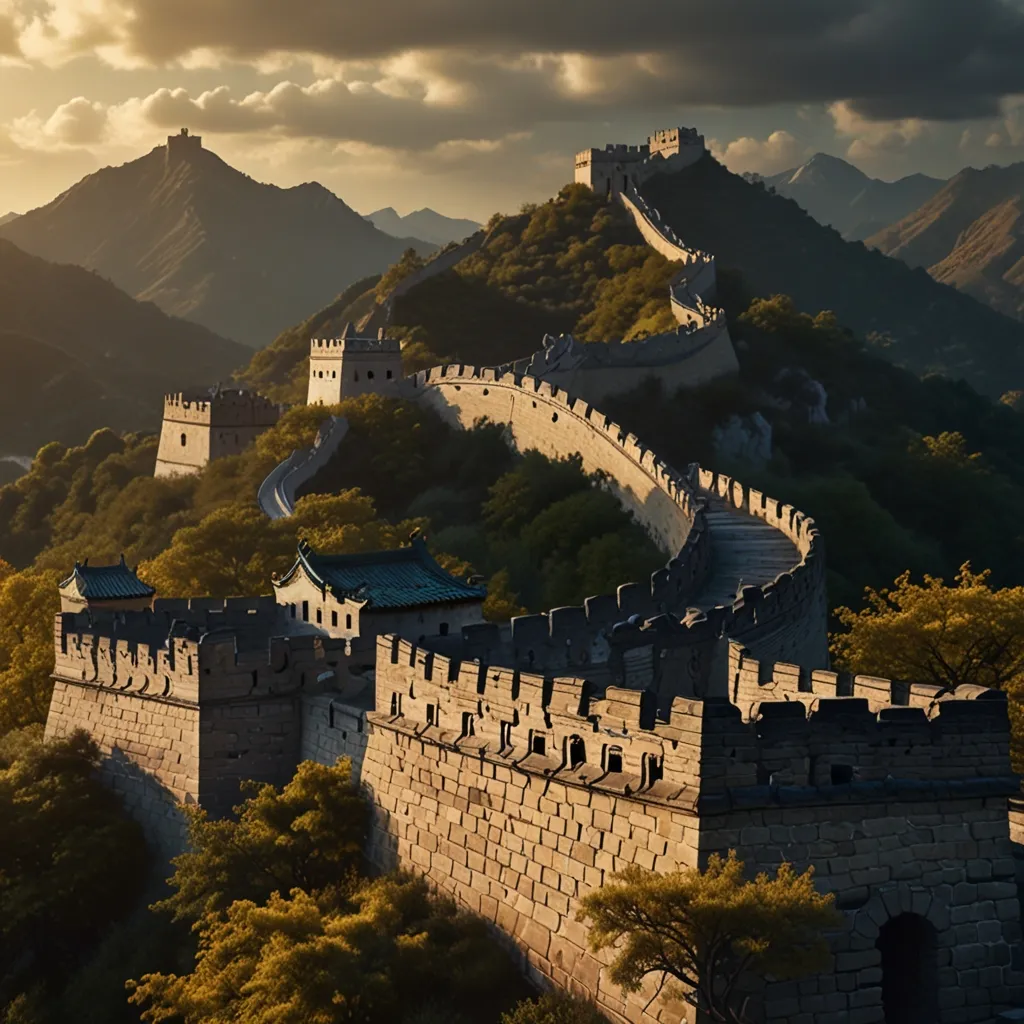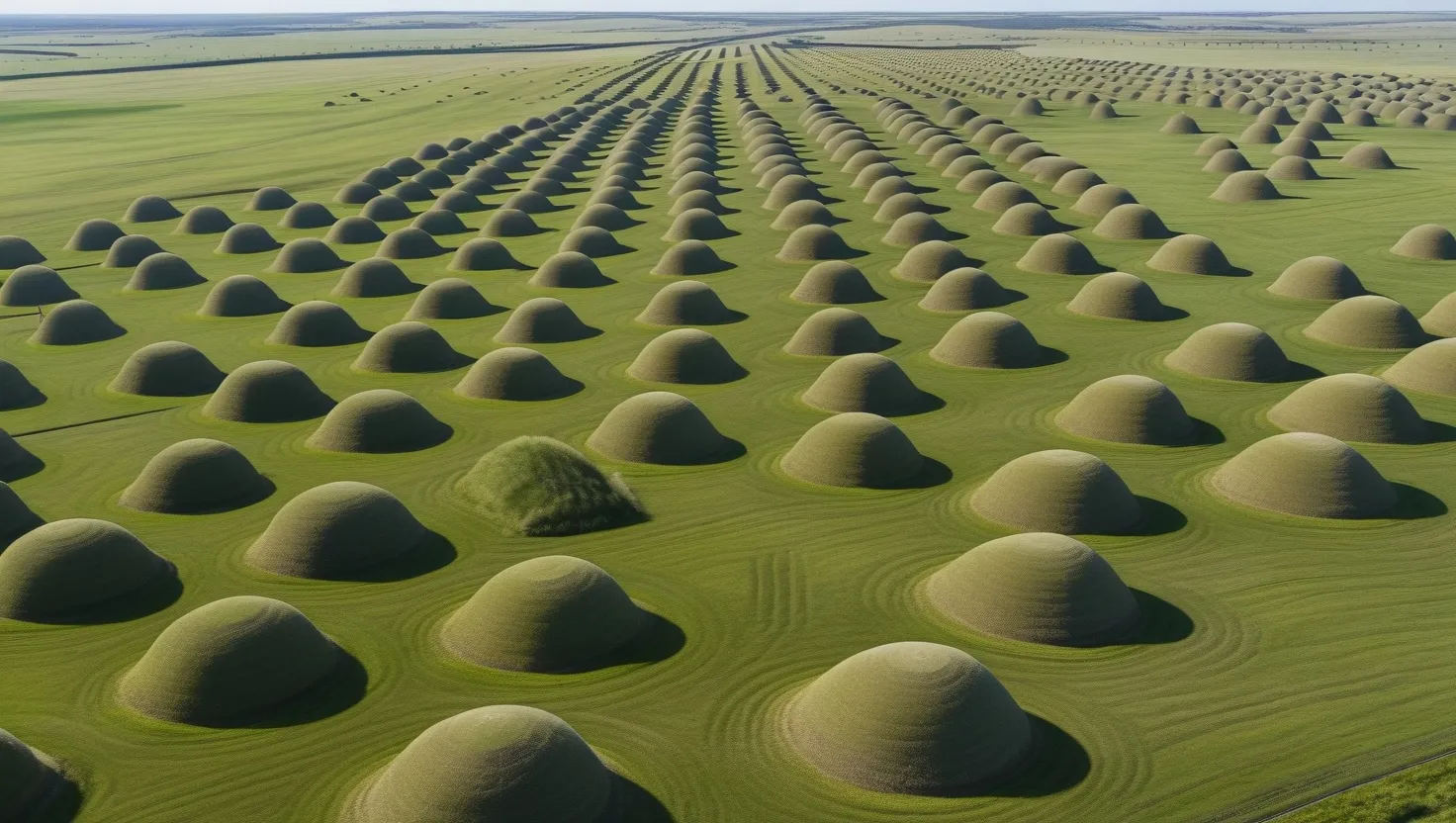As I delve into the mysteries of the earth, I find myself fascinated by the intricate and often enigmatic underground structures that dot our globe. These subterranean marvels not only challenge our understanding of ancient engineering but also offer a glimpse into the lives and motivations of our ancestors. Let’s embark on a journey to explore seven of these mysterious underground structures, each with its own unique story and secrets.
Lalibela’s Rock-Hewn Churches
In the heart of Ethiopia lies the ancient city of Lalibela, a place where faith and engineering converge in a breathtaking display. Here, 11 rock-hewn churches stand as testaments to the ingenuity and devotion of the 12th-century King Gebre Mesqel Lalibela. These monolithic structures, carved out of soft volcanic rock, were designed to replicate the holy city of Jerusalem, a sanctuary for Christians when pilgrimages to the Holy Land were halted by Muslim conquests.
Each church is a masterpiece, with Biete Medhani Alem, the largest monolithic church in the world, boasting five aisles. The precision and scale of these carvings are awe-inspiring, especially considering the limited tools available at the time. The churches are not just architectural wonders but also active places of worship, maintaining their spiritual significance to this day.
Cappadocia’s Underground Cities
In the vast, moon-like landscapes of Cappadocia, Turkey, lies a network of underground cities that have been hiding in plain sight for centuries. These cities, such as Kaymakli and Derinkuyu, were built as hiding places for early citizens seeking refuge from invading forces. The technical brilliance of these structures is staggering; they feature complex networks of tunnels, traps, and ventilation systems that allowed thousands of people to live underground.
Kaymakli, for instance, has eight floors below ground, with the first floor serving as a stable and the subsequent floors housing living quarters, churches, and even kitchens. The ability of these ancient civilizations to create self-sufficient environments beneath the earth is a testament to their resourcefulness and survival instincts.
The Wieliczka Salt Mine
In southern Poland, the Wieliczka Salt Mine stands as one of the oldest continuously operating salt mines in the world. Since the 13th century, this mine has been a hub of activity, with brine wells and shafts dug to extract rock salt. What makes Wieliczka remarkable is not just its age but the intricate labyrinth of passageways and chambers that have been carved out over the centuries.
The mine features four chapels, numerous statues carved by miners from the rock salt, and even an underground lake. The Saltworks Castle, built during the late 13th to early 14th centuries, adds to the historical significance of this site. Today, Wieliczka is a UNESCO World Heritage Site, attracting visitors who marvel at the miners’ craftsmanship and the mine’s enduring legacy.
The Paris Catacombs
Beneath the bustling streets of Paris lies a macabre yet fascinating world – the Paris Catacombs. This network of underground tunnels and chambers was originally part of the city’s limestone quarries but was later repurposed as a mass burial site in the 18th century. The bones of millions of Parisians were transferred here to alleviate the city’s overcrowded cemeteries.
The Catacombs are a somber reminder of Paris’s history, with their narrow passages lined with the remains of the dead. Despite their grim nature, they have become a popular tourist attraction, offering a unique glimpse into the city’s past. However, much of the Catacombs remain unexplored, adding to their mystique and allure.
The Yonaguni Monument
Off the coast of Japan, on the island of Yonaguni, lies an underwater structure that has sparked intense debate among archaeologists and theorists. The Yonaguni Monument, discovered in the 1980s, appears to be a series of rectangular stone blocks arranged in a stepped formation. While some argue it is a natural formation, others believe it could be the remnants of an ancient civilization.
Theories range from it being part of a lost city to a man-made structure created by an advanced ancient culture. The mystery surrounding the Yonaguni Monument is compounded by its underwater location, making it difficult to conduct thorough excavations. This enigmatic site continues to captivate the imagination of many, fueling speculation about its origins and purpose.
The Cu Chi Tunnels
In the dense jungles of Vietnam, the Cu Chi Tunnels stand as a testament to the ingenuity and resilience of the Viet Cong during the Vietnam War. This extensive network of tunnels, stretching over 120 kilometers, was used as a base for military operations, hiding places, and even hospitals.
The tunnels were dug by hand, often in challenging conditions, and featured sophisticated ventilation systems, booby traps, and hidden entrances. The Cu Chi Tunnels played a crucial role in the war, allowing the Viet Cong to move undetected and launch surprise attacks. Today, they serve as a historical site, offering visitors a glimpse into the harsh realities of war and the resourcefulness of those who fought it.
The Pilsen Historical Underground
In the Czech Republic, the city of Pilsen boasts an extensive network of historical underground tunnels and cellars that date back to the 13th century. These subterranean passages were originally used for beer production, with breweries storing their beer in the cool, stable temperatures of the underground.
Over time, the tunnels expanded to include hiding places during wars and even secret meeting spots for religious groups. Today, the Pilsen Historical Underground is a popular tourist attraction, offering guided tours through the labyrinthine passages. The preservation of these tunnels provides valuable insights into the city’s history and the adaptability of its inhabitants.
Preservation and Cultural Insights
These underground structures are more than just architectural marvels; they are windows into the past, offering insights into the cultures and civilizations that created them. The preservation of these sites is crucial, not only for their historical significance but also for the technological and engineering knowledge they embody.
Efforts to preserve these structures often involve complex conservation techniques and ongoing research. For instance, the Lalibela rock-hewn churches are protected by UNESCO, ensuring their integrity for future generations. Similarly, the Wieliczka Salt Mine and the Pilsen Historical Underground are maintained through careful restoration and management.
Ongoing Debates and Theories
Each of these underground structures comes with its own set of theories and debates. The Yonaguni Monument, for example, continues to be a subject of speculation, with some arguing for its natural origins and others proposing it as evidence of an advanced ancient civilization.
In Cappadocia, the underground cities spark discussions about the technological capabilities of ancient tribes and the reasons behind their construction. The Cu Chi Tunnels raise questions about the strategic importance of such networks during wartime and the human cost of their creation.
Conclusion
As I reflect on these mysterious underground structures, I am struck by the ingenuity, resilience, and sometimes the desperation of the people who built them. From the spiritual sanctuaries of Lalibela to the wartime tunnels of Cu Chi, each site tells a unique story of human endeavor and the quest for survival.
These subterranean marvels remind us that history is not just about grand monuments above ground but also about the hidden, often overlooked, achievements of our ancestors. As we continue to explore and preserve these sites, we uncover not only their physical structures but also the stories, motivations, and cultures that shaped them. In doing so, we gain a deeper understanding of our shared human history and the boundless creativity and resourcefulness that define us.






